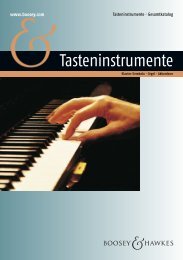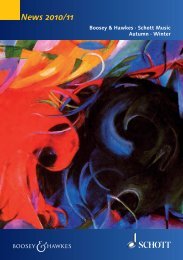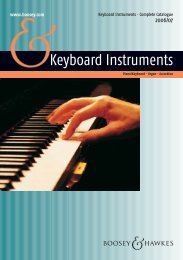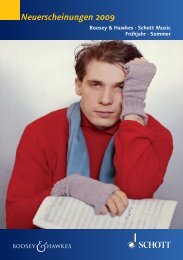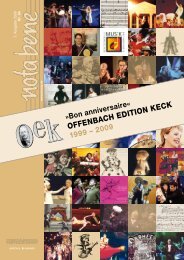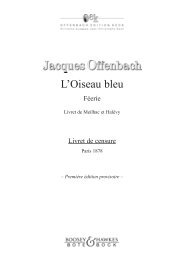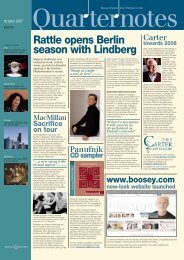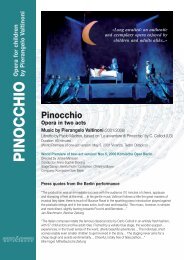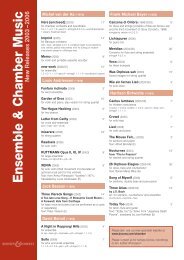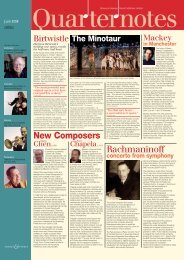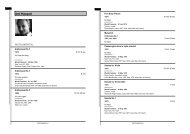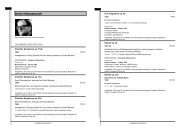Create successful ePaper yourself
Turn your PDF publications into a flip-book with our unique Google optimized e-Paper software.
��������������<br />
Qumran<br />
Symphonic Metaphor<br />
1970 16 min 30 sec<br />
Orchestral excerpts from the opera-oratorio The War of the<br />
Sons of Light against the Sons of Darkness<br />
2.picc.2.corA.2.bcl.2.dbn—6.4.3.1—timp.perc(4)—2harps—cel—strings<br />
Commissioned by Zubin Mehta and the Israel Philharmonic Orchesetra for its<br />
European tour 1974<br />
The ‘Symphonic Metaphor’ Qumran is based on the findings of the lost Scrolls<br />
of Essene sect in the Qumran Caves, on the Northwestern shores of the Dead<br />
Sea. The Essenes were an apocalyptic sect that existed in the early days of<br />
Christianity. A highly austere sect, they believed in the essence of Judaism, but<br />
the core of their faith was belief in the Day of Judgment, when the Sons of Light<br />
shall vanquish the Sons of Darkness.<br />
In the Judean Desert a pilgrim is facing the Qumran Caves. He hears the<br />
prayers and chants of the Essenes. The middle section portrays the apocalyptic<br />
battle in sound rising and falling as described in the Scroll of the war. The vision<br />
of the final Judgment spreads when the battle is over. The slow opening<br />
theme emerges but fades out into the eternal stillness of the desert. Ami Maayani<br />
‘This three-part piece for complex orchestra displays a superbly imaginative use<br />
of sound. Its slow beginning consists of spaciously arranged chords that, though<br />
indifferent in terms of tonality, evoke a very pleasant atmosphere. Gradually, motivic<br />
figures evolve from this static groundwork. One of them, consisting of a rising fourth<br />
and a falling whole note, dominates the vivid middle section and the recapitulation.<br />
Characterised by time changes and asymmetrical rhythms, the style is lent an oriental<br />
quality by wind melismas but otherwise maintains its personal signature. The musical<br />
language, which shows a certain inclination towards the tonic but is rather modal<br />
than tonal, is distinctively modern, without belonging to any of the established avantgarde<br />
schools. The composer expressed his gratitude for the work’s great success.’<br />
(Hans Heinz Stuckenschmidt, Frankfurter Allgemeine Zeitung, 14 Sep 1971)<br />
����������������������������<br />
Israel Festival, Jerusalem , Israel<br />
Israel Philharmonic Orchestra<br />
Conductor: Zubin Mehta<br />
Symphony No.2<br />
1975 50 min<br />
for orchestra<br />
2.picc.2.corA.2.bcl.2.dbn—6.4.3.1—timp.perc(4)—2harps—strings<br />
FULL ORCHESTRA 10



